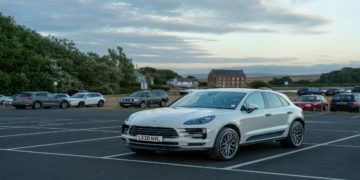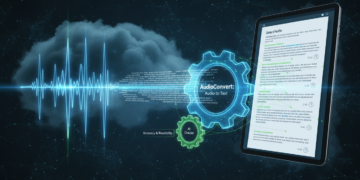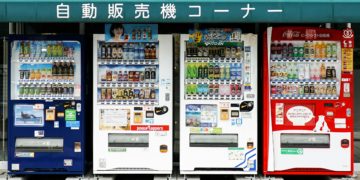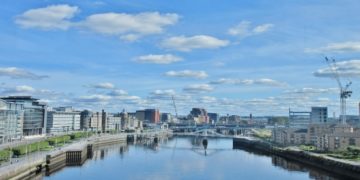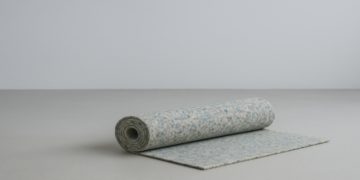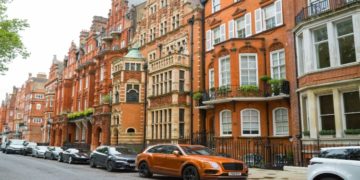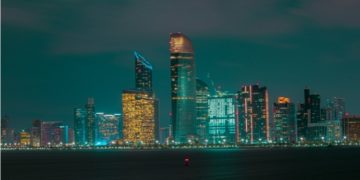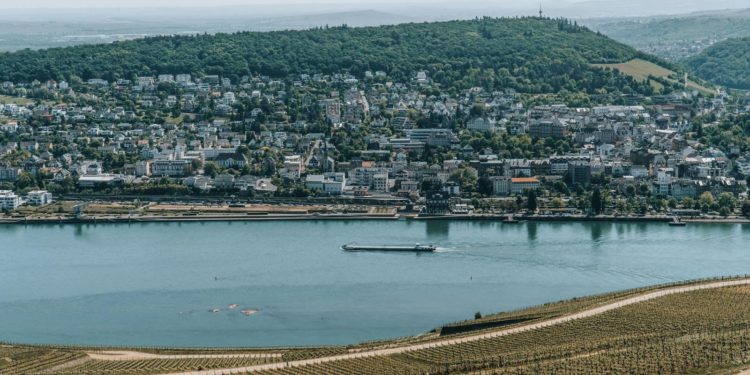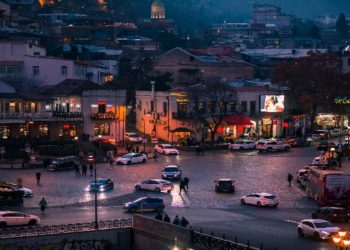They move through layers of history that still breathe, still work, still grind flour in old watermills and brew beer in half-timbered towns.
This cruise is less like a vacation and more like a slow-motion time machine.
The Journey Begins: Amsterdam
Amsterdam doesn’t introduce itself. It reveals itself through movement — bikes, canals, trams, people.
Boarding in a City Built on Water
By the time you reach the river port, you’ll already understand that Amsterdam was engineered around water, not built against it. The cruise ships line up along the IJ River, sleek, long, quiet. No towering decks. No Vegas energy. A river cruise through Amsterdam treats the journey with respect.
Once onboard, the world shrinks into a floating corridor of comfort:
- glass windows running floor to ceiling
- dining that feels intimate, not industrial
- staff that remembers your name by lunch
You unpack once, but the scenery changes every hour.
The ship glides out of Amsterdam without a drumroll. The water does the talking.
Life on the Water — Slower, Deeper, Better
The river establishes the pace. Cities fall away. Bridges appear like punctuation.
Inside the ship, days follow a rhythm:
- breakfast as the ship moves
- morning walk in a new town
- afternoon drinks on deck
- dinner with a view that refuses to repeat itself
The Shift in Pace
Cruising forces a different kind of attention. Instead of rushing, you observe. The captain steers the ship, but the river guides the mind.
People start noticing things they usually ignore:
- church bells ringing across water
- vineyards stitched into steep hills
- small riverside cottages with laundry flapping in the wind
Your phone loses the battle. Real life wins.
Cologne — The Cathedral That Owns the Skyline
Cologne rises slowly from the water, dominated by a cathedral that looks carved in smoke and ambition. The ship docks near the Old Town, and you walk straight into history.
Inside the Cologne Cathedral, stained glass sends fractured color across centuries-old stone. Every sound becomes part of a gentle echo. People speak softly without meaning to.
Taste of Everyday Cologne
Cologne has its own beer culture — Kölsch. It comes in small glasses and arrives before you finish the previous sip. Locals don’t linger over the drink. They enjoy its rhythm.
Just steps from the cathedral, the city turns modern — high-end shopping, street food, business suits. Cologne balances the past and present without forcing the contrast.
Middle Rhine — The Storybook Stretch
This stretch is the reason people book Rhine cruises.
Vineyards grip impossible slopes. Castles appear every few minutes. Villages cling to the riverbanks as if afraid the hills might push them into the water.
Why This Part Matters
This region made the Rhine powerful. Tolls collected from ships passing through made local rulers absurdly wealthy. They built castles to control the river. Others built more castles to control the first group. Rivalry gave birth to architecture.
You sit on the top deck bundled in a blanket and watch the drama unfold like a continuous film sequence.
The Lorelei Rock
A bend in the river narrows. The current tightens. Boats slow down.
This is Lorelei — a steep slate rock cliff tied to an old legend about a woman who enchanted sailors with her song. People still look at the cliff expecting her to appear.
The Rhine doesn’t just show history; it tells stories.
Rüdesheim — Wine Town with Personality
Rüdesheim is small, but it refuses to be quiet. Music spills out of taverns. Wine flows without hesitation. The streets twist into narrow lanes where the buildings lean together like gossiping neighbors.
Cable Car to the Viewpoint
You take a tiny cable car over vineyards to a hilltop monument. Beneath you: fields of grapevines arranged with mathematical precision. Ahead of you: the Rhine stretching across the valley.
This is the moment you realize the river isn’t just scenic. It’s strategic. The Rhine gave this region power.
A Taste That Belongs Here
The wine here tastes like the land — crisp, mineral, honest. Riesling is the star. People don’t pretend otherwise.
Speyer — A Lesson in Time
Speyer holds one of Europe’s oldest Romanesque cathedrals. It doesn’t need to compete with Cologne. It stands different — grounded, calm, solid.
In Speyer, time feels heavy. You walk along cobblestones thinking about centuries of footsteps that walked the same path, carrying stories that never left.
Strasbourg — The Culture Line Blurs
Strasbourg sits at the border of France and Germany, but doesn’t belong fully to either. Its architecture mixes both influences: timber houses, French balconies, Gothic cathedral, German beer gardens.
A City That Doesn’t Need to Choose
People speak French. Then German. Then French again. Menus don’t commit to one language. Everything blends, as if borders exist only on maps, not in everyday life.
Strasbourg is organized, polished, elegant. Yet not stiff. Walking through it feels like reading a book where each chapter has a new mood.
The Alsace Region — Between River and Vineyards
Leaving Strasbourg, the cruise shifts from cities to landscapes. The Alsace wine route winds through villages that look hand-painted.
Colmar (Optional Excursion)
Colmar might be the most photogenic town in Europe. Not overly renovated. Not staged. Just preserved through pride and stubbornness. Half-timbered houses line the canals, and flowers burst from every ledge.
If a fairy tale needed a home, it would pick Colmar.
Basel — Journey’s End, Not Journey’s Finish
Basel marks the transition from river romance into modern precision. Switzerland doesn’t waste space or words.
You walk off the ship and enter a city that moves with purpose. Art museums. Smart architecture. Clean lines. Design that respects efficiency.
Yet the Rhine still cuts through Basel — steady, calm. Almost as if it wants to remind the city of its past.
The Unexpected Ending
Passengers often feel a strange mix of accomplishment and longing here. You’ve traveled through four countries without unpacking twice. You’ve watched scenery instead of screens. You’ve heard church bells instead of notifications. The river slowed everything down, then gave time back.
Final Reflection
A Rhine cruise doesn’t demand excitement. It invites attention. The river doesn’t rush. The landscapes don’t compete. The towns don’t perform. You feel the world instead of chasing it.
From Amsterdam to Basel, the Rhine doesn’t take you somewhere new. It delivers you back to yourself.






